Where Sambar Deer Are Now Thriving Outside Their Native Asia
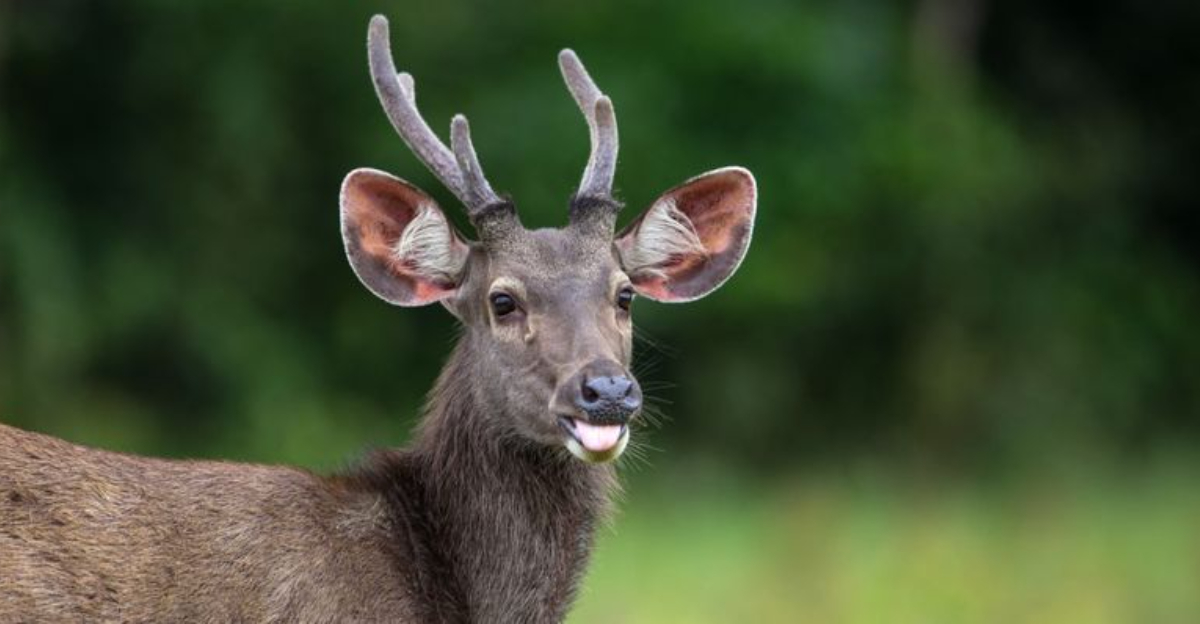
Sambar deer, native to southern and southeastern Asia, have become successful colonizers in many parts of the world.
These large, robust deer with their distinctive dark brown coats have adapted remarkably well to new environments, sometimes even becoming pests.
From Australia to the United States, sambar populations have established themselves and are now thriving in ecosystems far from their original Asian habitats.
1. Australia’s Victorian Highlands

Majestic sambar deer roam freely throughout Victoria’s mountainous regions, having established themselves as the dominant deer species in the area. First introduced in the 1860s, these impressive animals have adapted perfectly to the Australian alpine environment.
Local hunters prize sambar for their challenging nature and impressive size, with bulls weighing up to 300 kg. Their population has expanded dramatically, particularly in remote wilderness areas where they face few natural predators.
Environmental concerns have grown as these deer damage native vegetation and waterways through their feeding and wallowing behaviors. Despite control efforts, Victorian sambar continue to expand their territory across the southeastern highlands.
2. Florida’s Wetland Wilderness
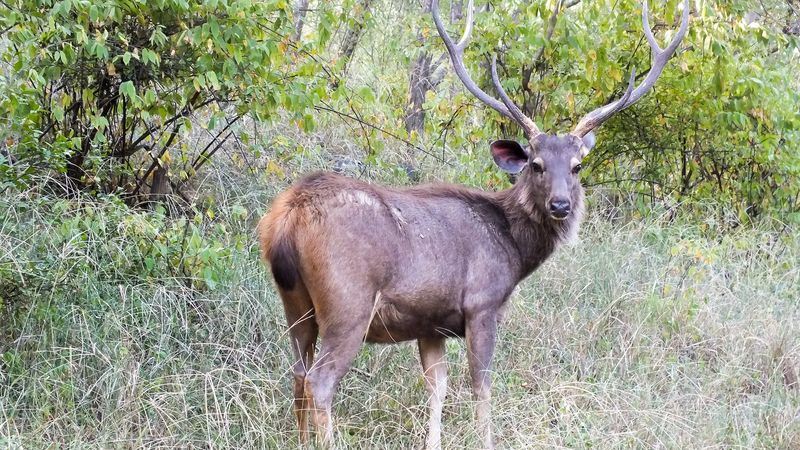
Hidden among Florida’s swampy landscapes, sambar deer have carved out a surprising niche since their introduction to St. Vincent Island in the early 1900s. Unlike their Asian relatives, Florida’s sambar have adapted to a semi-aquatic lifestyle, often wading through coastal marshes and swimming between islands.
These deer grow remarkably large in their adopted home, with males reaching weights that dwarf the native white-tailed deer. Their deep, resonant calls echo across the wetlands during breeding season.
Limited hunting is permitted through special permits, making Florida sambar a unique trophy animal. Their isolated population remains stable but contained, primarily on St. Vincent National Wildlife Refuge.
3. New Zealand’s South Island Forests
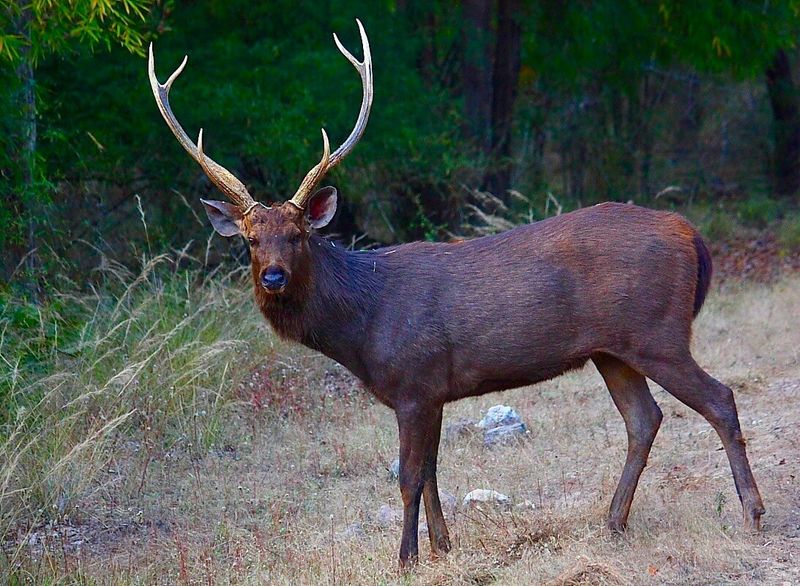
Beneath the towering canopies of New Zealand’s South Island forests, sambar deer move like shadows. Released near Rotorua in 1907, these cautious creatures have established a foothold despite the challenging terrain and variable climate.
New Zealand hunters consider sambar the most elusive of all introduced deer species. Their exceptional sense of smell and hearing makes them incredibly difficult to stalk, providing an extreme hunting challenge.
Conservation authorities monitor these populations carefully due to their browsing impact on native plants. Unlike other deer species in New Zealand, sambar remain relatively contained to specific forest regions, making their management somewhat easier than more widespread species like red deer.
4. California’s Coastal Mountains
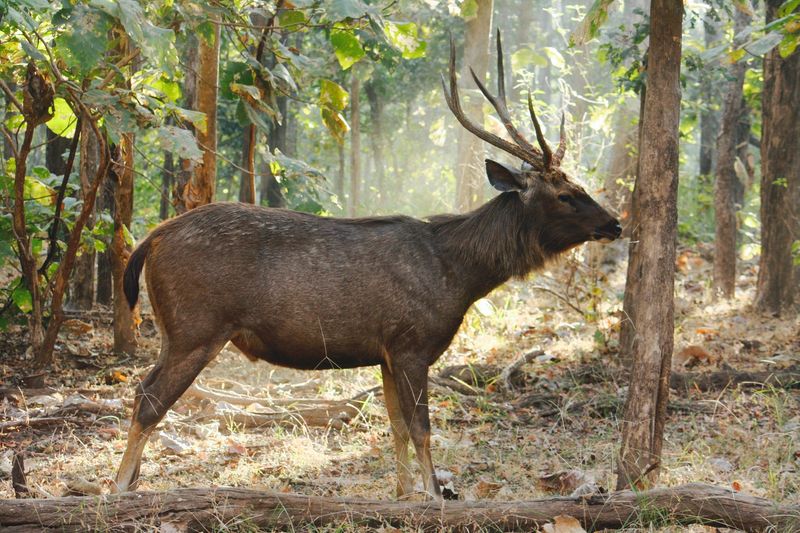
Nestled in the rugged terrain of California’s coastal ranges, particularly around Lake Sonoma, sambar deer have established a modest but persistent presence. These secretive animals were introduced through private game ranches decades ago, eventually escaping to form wild populations.
California’s Mediterranean climate offers ideal conditions for these adaptable deer. They favor the dense chaparral and oak woodland habitats that provide both cover and forage.
Wildlife managers face unique challenges with these non-native deer, balancing ecosystem impacts against their established presence. Hunting opportunities remain limited, making California sambar sightings particularly special for wildlife enthusiasts who know where to look in the remote backcountry.
5. Hawaii’s Volcanic Landscapes
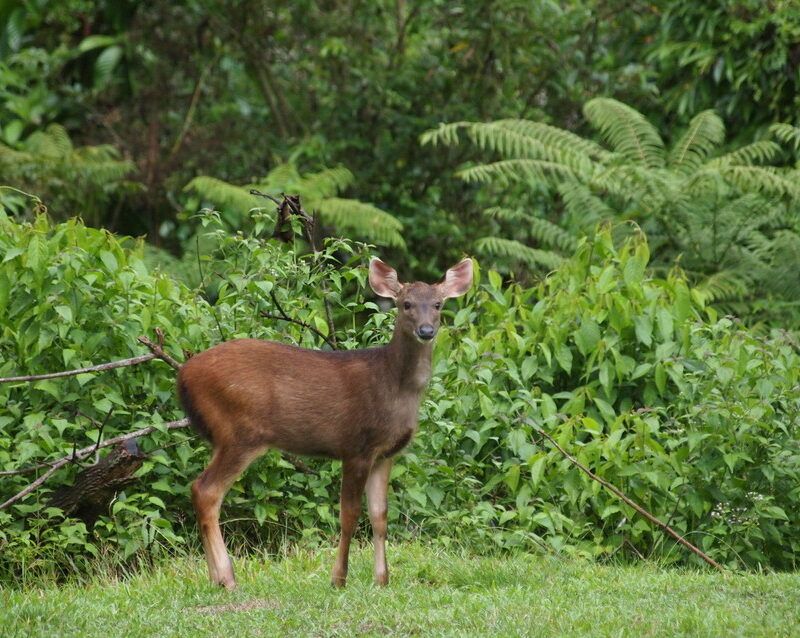
Across the volcanic slopes of Hawaii, particularly on the Big Island, sambar deer have adapted to one of the world’s most unique environments. Originally brought as game animals in the 1960s, these resourceful creatures now navigate between lava fields and tropical forests.
Hawaiian sambar have developed distinctive behaviors to cope with the island’s volcanic terrain. They create networks of trails through hardened lava flows and seek shelter in lush vegetation pockets.
Local conservation efforts focus on preventing their spread to ecologically sensitive areas. The deer’s ability to thrive in this dramatically different habitat from their native Asia demonstrates their remarkable adaptability and has created management challenges for Hawaii’s already fragile ecosystem.
6. Texas Hill Country Ranches

Sprawling across private hunting ranches in the Texas Hill Country, sambar deer represent one of the most successful exotic game species in the region. Introduced specifically for sport hunting, these massive deer have flourished in the brush country’s mix of open grasslands and dense thickets.
Texas ranchers prize sambar for their impressive size and challenging hunting experience. The deer’s adaptability to both drought conditions and occasional harsh winters has allowed them to establish sustainable populations.
Unlike some exotic species, sambar remain primarily contained within high-fenced hunting properties. This controlled environment has prevented widespread ecological impacts while creating a unique hunting opportunity that draws sportsmen from across the country to experience these magnificent Asian deer in the heart of Texas.
7. Madagascar’s Eastern Rainforests
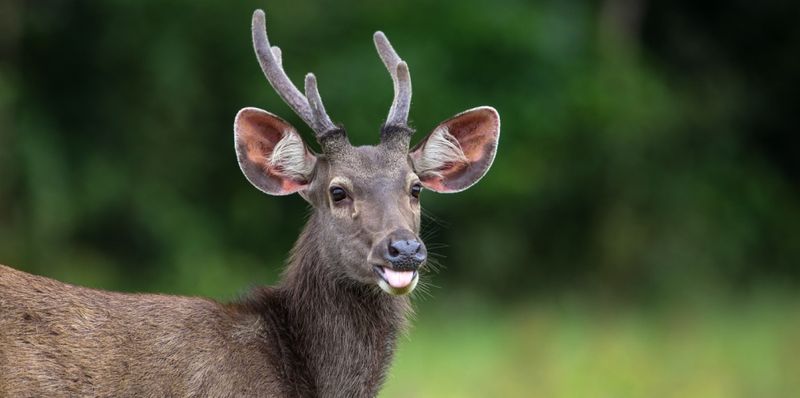
Among Madagascar’s unique biodiversity, sambar deer have carved an unexpected niche since their introduction during the French colonial period. These adaptable ungulates have established themselves primarily in the eastern rainforests, where moisture and vegetation are abundant.
Local communities have developed hunting traditions around these non-native deer. The animals provide an important protein source in regions where subsistence living remains common.
Conservation biologists monitor these populations with concern, as Madagascar’s fragile ecosystems evolved without large herbivores like sambar. Their browsing habits potentially threaten endemic plant species found nowhere else on Earth, creating a complex management challenge that balances human needs against environmental protection in one of the world’s biodiversity hotspots.
8. South Africa’s Game Reserves
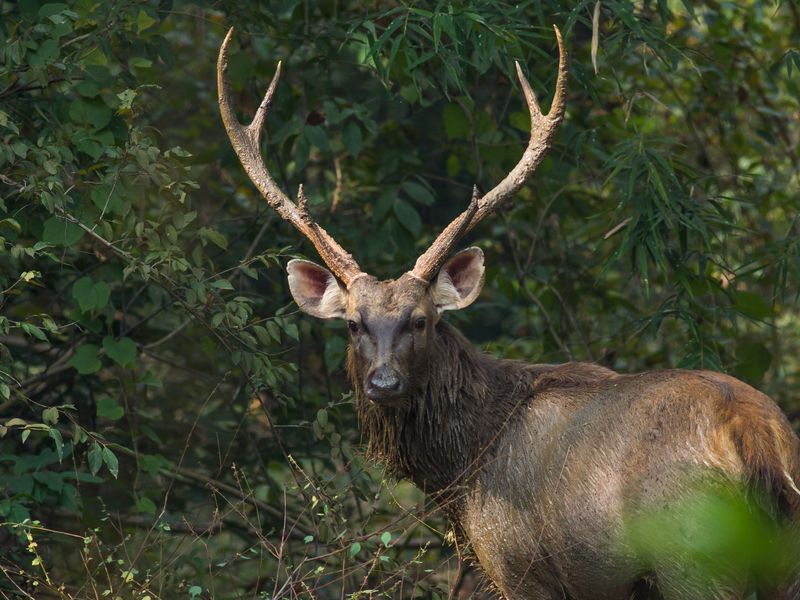
Roaming within the boundaries of South Africa’s private game reserves, sambar deer represent an unusual addition to the country’s already impressive wildlife roster. Brought in by wealthy landowners seeking exotic species, these Asian deer have established breeding populations in several managed areas.
South African sambar share habitat with native antelopes like kudu and impala. Their nocturnal habits and preference for dense vegetation help them avoid competition with these indigenous species.
Trophy hunting operations specifically market sambar opportunities to international clients seeking unusual species. Conservation authorities maintain strict oversight of these populations, ensuring they remain confined to designated properties to prevent potential ecological disruption to South Africa’s carefully balanced savanna and woodland ecosystems.
9. Brazil’s Atlantic Forest Fragments
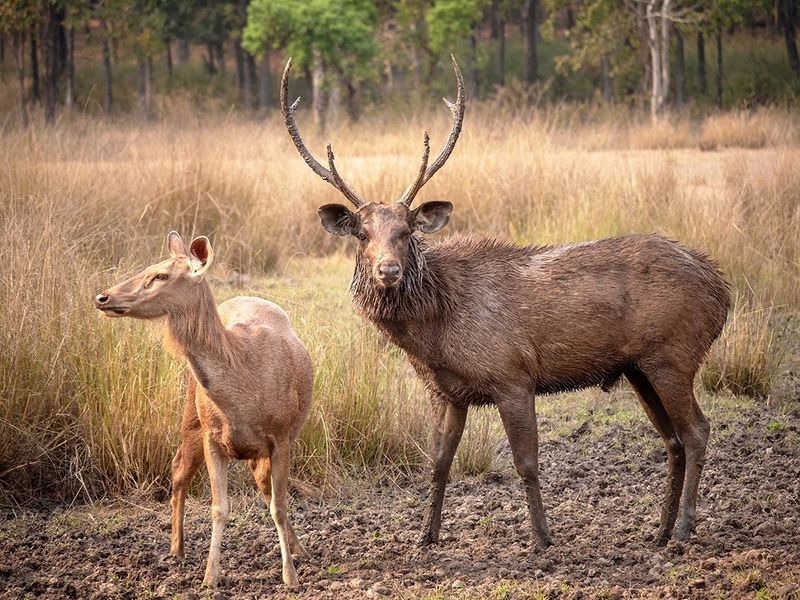
Hidden within Brazil’s fragmented Atlantic Forest, sambar deer have established small but resilient populations following their introduction by wealthy landowners in the mid-20th century. These secretive animals thrive in the mosaic of forest patches and agricultural lands that characterize much of eastern Brazil today.
Brazilian hunters rarely target sambar, allowing their numbers to grow steadily. The deer’s preference for dense forest cover has helped them avoid conflicts with cattle ranching operations.
Wildlife researchers have noted interesting behavioral adaptations as sambar navigate this human-modified landscape. They’ve become increasingly nocturnal and show remarkable skill at using forest corridors to move between habitat fragments, demonstrating their intelligence and adaptability in this South American environment so different from their Asian homeland.
10. New Caledonia’s Tropical Forests
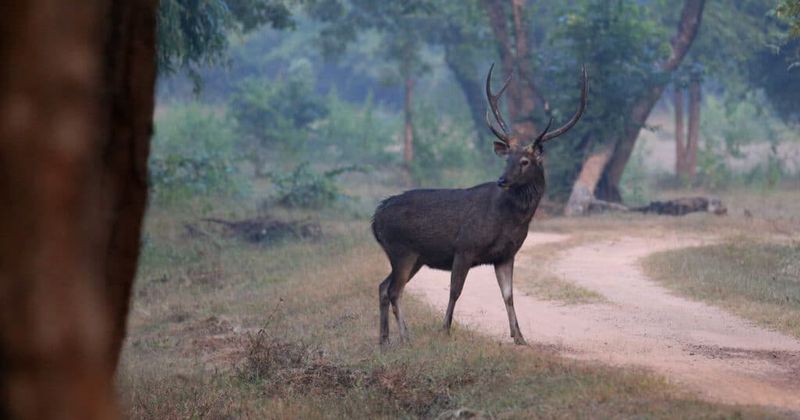
Across the Pacific island of New Caledonia, sambar deer have become unexpected forest dwellers since their introduction by French colonists in the late 1800s. These elegant creatures have adapted remarkably well to the island’s unique mix of tropical forests and savanna landscapes.
Local Kanak communities have incorporated sambar into their hunting traditions and cuisine. The deer provide an important meat source while creating a cultural connection that spans generations.
Environmental assessments have raised concerns about their impact on New Caledonia’s extraordinary plant diversity, which includes many species found nowhere else on Earth. Management efforts focus on balancing the deer’s cultural and subsistence value against their potential to damage sensitive ecological communities through their browsing and trampling activities.
11. Tasmania’s Highland Plateaus
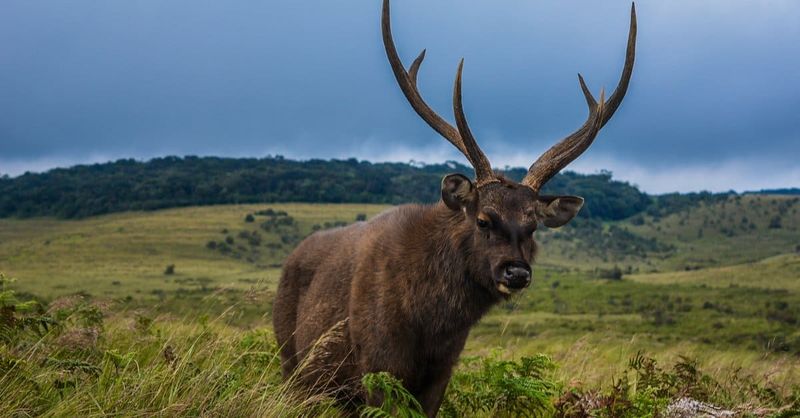
Across Tasmania’s windswept highlands, sambar deer move through mist-shrouded landscapes that eerily resemble their native Himalayan habitats. First released in the 1980s, these hardy animals have steadily expanded their range across the island state’s central plateau region.
Tasmanian sambar exhibit remarkable resilience to the harsh alpine conditions. They’ve developed thicker winter coats and adjusted their feeding patterns to survive the challenging seasonal changes.
Controversy surrounds their presence, with farmers and conservationists raising concerns about crop damage and impacts on sensitive alpine vegetation. Despite control efforts, these determined deer continue to expand their territory, creating an ongoing management challenge for Tasmania’s unique wilderness areas that evolved without large deer species.
12. Philippines’ Secondary Growth Forests
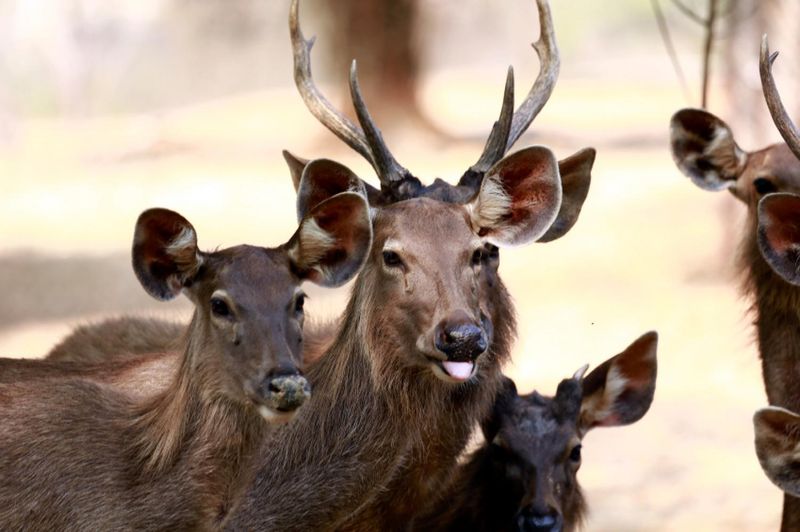
Throughout the Philippines’ secondary growth forests, particularly on Mindoro Island, sambar deer have maintained populations since prehistoric times. Unlike other locations on this list, these deer are technically native but have adapted to dramatically changed landscapes following extensive deforestation and development.
Filipino conservation efforts focus on protecting these deer as important cultural and ecological resources. They represent one of the few large mammals that have managed to persist despite intensive hunting pressure and habitat loss.
Local communities have developed sustainable hunting programs that allow limited harvests while ensuring population stability. The Philippine sambar’s story represents a rare conservation success, demonstrating how traditional ecological knowledge combined with modern management approaches can help preserve wildlife even in heavily modified landscapes.






